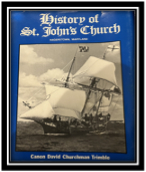When
A Rich Tapestry of Faith: The History of St. John’s Episcopal Church
St. John’s is steeped in the history of America and Maryland. The beginnings of St. John’s date back to our Anglican ancestors arriving in America and Maryland. St. John’s was originally part of All Saints in Frederick, considered in 1742 to be the most affluent Parish in Maryland, with St. John’s being on the western slopes of the Blue Ridge in Washington County and Elizabeth Town, later to be called Hagerstown.
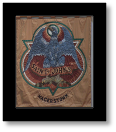
In 1785, a lottery was established to benefit the construction of a new church on Mulberry Street in Hagerstown. Around 1787, St. John’s finally divided from All Saints and in April 1787, a Vestry was formed for the new Parish. It included seven distinguished persons to act as Vestrymen. The construction of the church started on June 2. On August 13, 1797, the new Church building was consecrated by the first Bishop of Maryland, Thomas John Claggett. The church site also included a cemetery which still exists today at the same location. Around 1807, the Parish was officially designated as St. John’s.
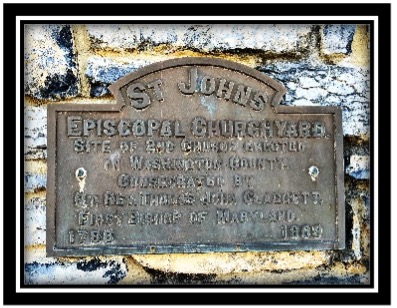
The Parish continued to expand and grow, and in 1817, land was purchased for a new church at the corner of Summit Ave and West Antietam Streets in Hagerstown. The new Church was finally finished and consecrated by Rt. Rev. James Kemp, D.D., Bishop of Maryland, on the 18th of June, 1825. A parsonage was constructed next to the church around 1835.
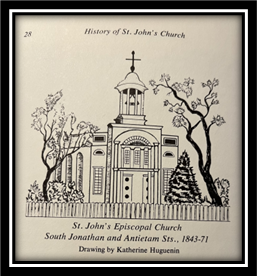
During the next few years, there was much turmoil as the Civil War was raging in this area.
On December 5, 1871, the church was destroyed by fire. The Vestry quickly approved plans for a new Church, and the cornerstone was laid on September 4, 1872. By October 1873, the Sunday School room in the basement was ready for regular church services. The debt incurred in the new building was met, and Bishop William Pinkney officiated at the consecration ceremony held on June 6, 1882.
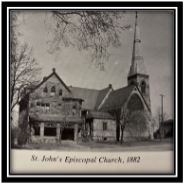
In March of 1887, a proposal was received from Mrs. Frances H Kennedy to fund the construction of St. John’s Parish House on the lot to the rear of the church. It was to be a brick 3 story structure with a gymnasium and other rooms. The building was later destroyed by fire and rebuilt in 1956. The gym was converted to the Great Hall, Trimble Hall, and is used for various church functions, wedding receptions, funeral luncheons and other events and includes a kitchen. The top floor has been used for Sunday School and a Pre-school through the years.
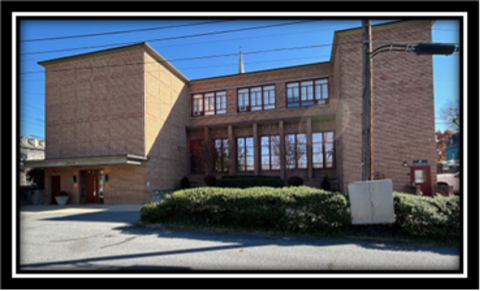
On august 17, 1898, the Vestry received a letter from Mrs. Henry Rosenberg stating that she wished to establish memorials to her late husband and family of a carved, oak reredos with central bronze panel; a Communion Table; a Bishop Chair, and credence table. The reredos and Communion table were the product of Swiss wood carvers from the Black Forest of Germany. She donated an identical reredos to a church in Houston, Texas. She also donated a Resurrection window and side altar windows in memory of other family members.
Years of planning and saving made possible the installation of a new pipe organ by the M. P. Moller Co. in 1903. Through the years, this organ has produced beautiful music for the St. John’s Parish.
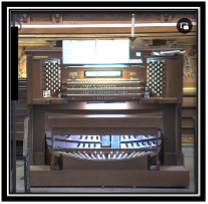
The church nave and most other parts of the church are air-conditioned and handicap accessible by elevator. There is plentiful off-street parking to the rear of the church.
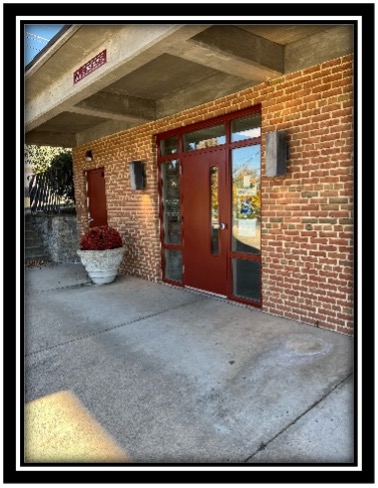
St. John’s supports a Shelter for Homeless Families.Its mission is to help families by providing temporary housing and helping to find jobs and permanent housing.
St. James School, a well-known Episcopal boarding school, as part of its mission. Many notable Christians, such as Jonathan Hager and Governor William Preston Lane, have contributed to the legacy of this Parish.
Through the years, St. John’s has had notable Christians as leaders in the Parish. Johnathon Hager, founder of Hagerstown, was a leader in the establishment of the original St. John’s parish. William D. Byron II was a Vestryman and a member of U. S. Congress in 1941. William Preston Lane was also a Vestryman and was elected Governor of Maryland in 1946.
The history of St. John’s Episcopal Church can be found in a book written by Canon David Churchman Trimble and is the basis for this information.
